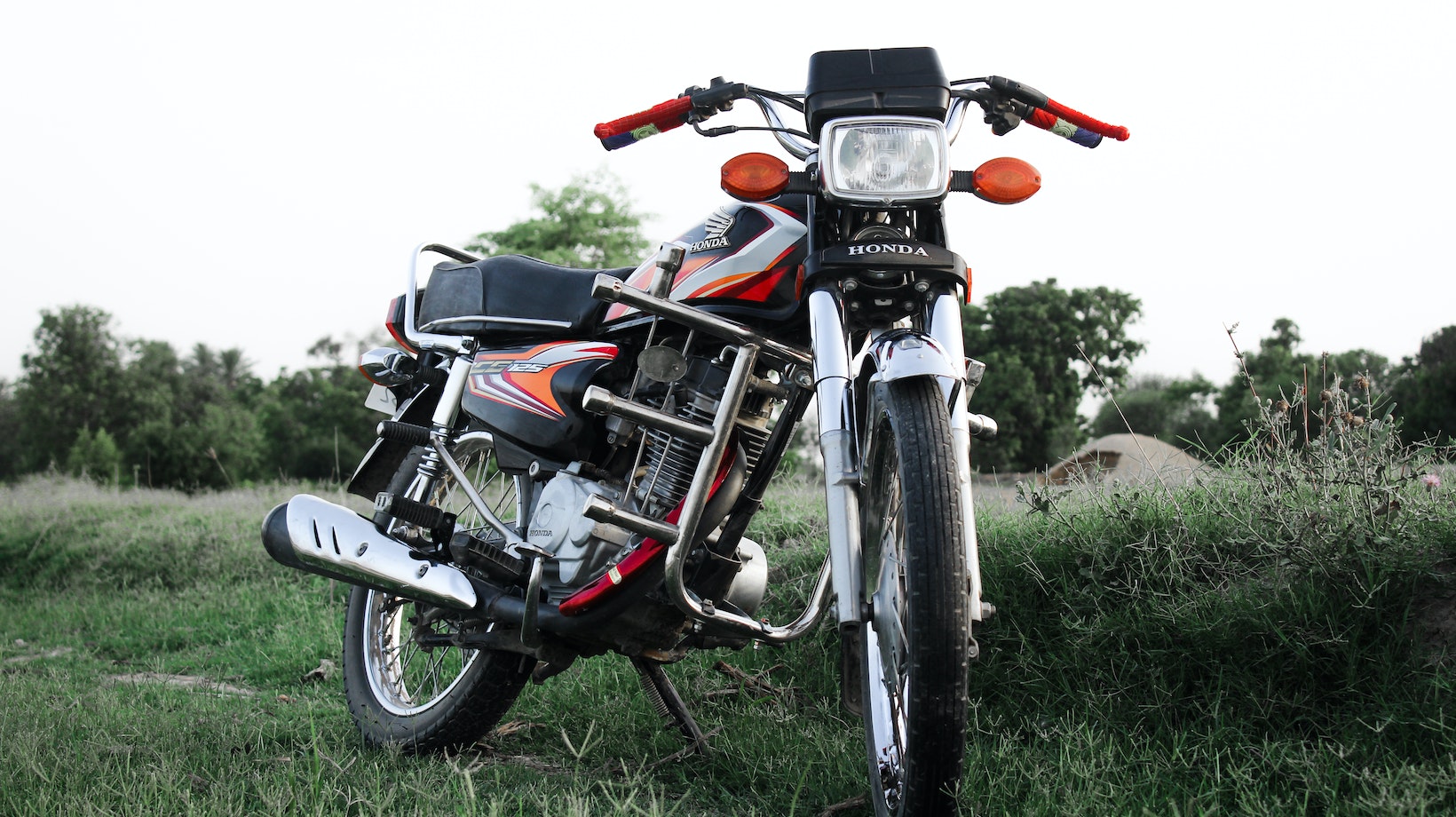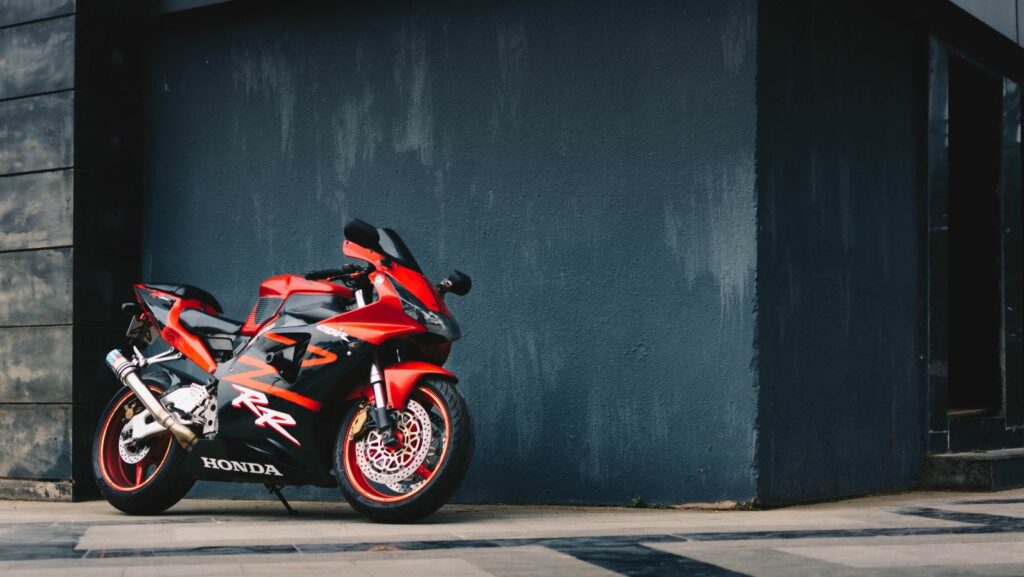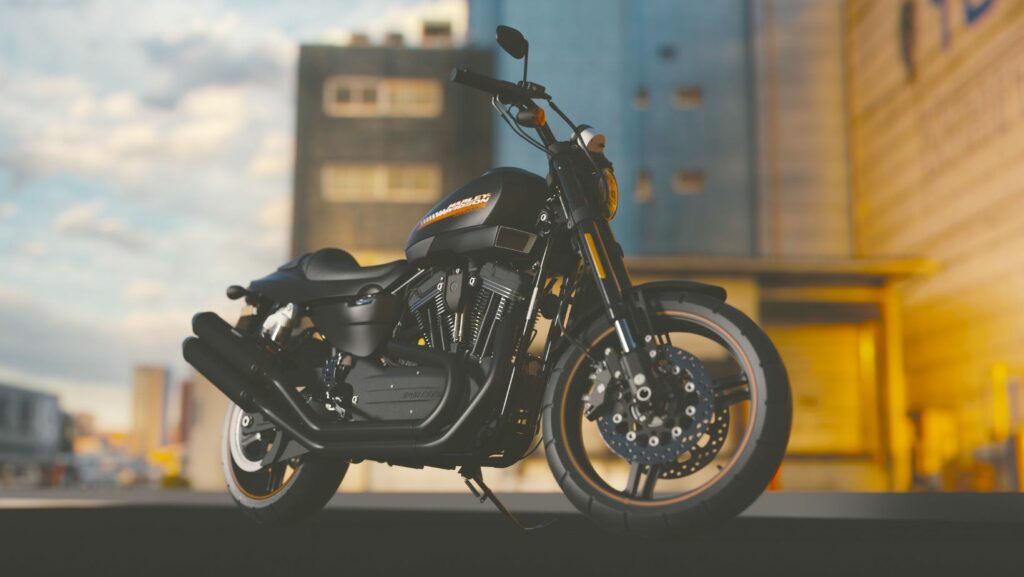When it comes to Honda motorcycles, one important component that often comes to mind is the gas tank. The gas tank plays a crucial role in storing and supplying fuel to power the motorcycle’s engine. Whether you’re a rider looking for a replacement or an enthusiast interested in upgrading, understanding the intricacies of Honda motorcycle gas tanks can be essential.
Honda offers a wide range of motorcycle models, each with its own unique gas tank design. From sleek sport bikes to rugged off-road machines, there is a diverse selection available to cater to different riding styles and preferences. These gas tanks are designed not only for optimal fuel storage capacity but also with an emphasis on aesthetics and functionality.
The material used in manufacturing Honda motorcycle gas tanks may vary depending on the model. Common options include steel, aluminum, or even advanced plastics like polyethylene. These materials are chosen for their durability, resistance to impact damage, and ability to withstand exposure to various weather conditions.
Regular maintenance of your Honda motorcycle’s gas tank is crucial for ensuring optimal performance and longevity. This includes periodic inspections for leaks or cracks, proper cleaning of debris or residue buildup, and adherence to recommended fuel types and capacities.
Honda Motorcycle Gas Tank
Factors to Consider When Choosing a Honda Motorcycle Gas Tank
When it comes to selecting the perfect gas tank for your Honda motorcycle, there are several important factors to consider. Each rider has unique needs and preferences, so taking these factors into account will ensure you make an informed decision. Here are some key considerations:
- Capacity: The capacity of the gas tank determines how far you can ride before needing to refuel. It’s crucial to choose a tank size that aligns with your riding style and frequency. If you often embark on long journeys or prefer fewer stops for refueling, opting for a larger capacity gas tank would be wise.
- Material: Honda motorcycle gas tanks are typically made from either steel or plastic (polyethylene). Steel tanks are known for their durability and resistance to impact, while plastic tanks offer lighter weight and better resistance against corrosion. Consider the pros and cons of each material based on your specific riding conditions.
- Fitment: Ensure that the gas tank you choose is compatible with your particular model of Honda motorcycle. Different models may have variations in mounting points, fuel pump location, or other specific features that need to be taken into account during selection.
- Aesthetics: While not as critical as other factors, aesthetics can play a role in your decision-making process. Some riders prefer sleek designs that complement their bike’s overall look, while others prioritize functionality over appearance.

Different Types of Honda Motorcycle Gas Tanks
Honda motorcycles come equipped with various types of gas tanks designed to cater to different riding styles and purposes:
- Standard Tank: This type of gas tank is commonly found on most street-oriented motorcycles and offers a balanced combination of capacity and design aesthetics.
- Sport/Performance Tank: Sport bikes often feature smaller-sized tanks that prioritize aerodynamics and weight distribution for enhanced performance during high-speed maneuvers.
- Off-Road Tank: Off-road or dual-sport motorcycles typically have larger-capacity tanks to accommodate longer rides in remote areas where fuel stations may be scarce.
- Custom Tanks: For riders looking to personalize their Honda motorcycles, custom gas tanks offer an opportunity to showcase unique designs and styles while still meeting their fuel storage needs.
Finding the Perfect Size for Your Honda Motorcycle Gas Tank
Determining the ideal size for your Honda motorcycle gas tank depends on various factors, including your riding habits and intended use of the bike. Here are a few tips to help you find the perfect fit:
- Consider your typical riding distance: If you frequently embark on long trips, a larger gas tank capacity will reduce the need for frequent refueling stops.
- Evaluate your bike’s weight limitations: Ensure that the chosen tank doesn’t exceed your motorcycle’s weight restrictions, as it can affect handling and performance.
- Take into account any additional accessories: If you plan to add luggage or other accessories that may affect space availability, consider how they could impact gas tank size requirements.
Ultimately, selecting the right Honda motorcycle gas tank involves finding a balance between capacity, material, fitment, aesthetics, and specific riding requirements. By carefully considering these factors and understanding different types of tanks available, you can make an informed decision that enhances your overall riding experience.




